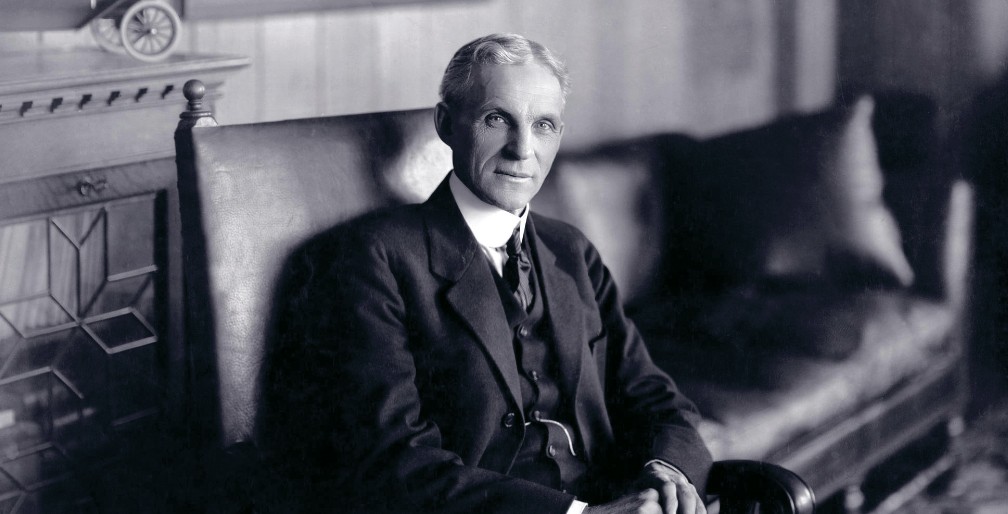Sound Off: Managing Long-Term Planning
Q: How do you apply long-term thinking as a leader at your organization?

“It’s easy to be consumed by the daily, short-term management of your business. To pull back and think about where you want to take your organization in the future, you have to be intentional. Blocking time on calendars for long-term planning activities—like evaluating continuous, multiyear plans or executive retreats—is essential to ensure we’re spending enough time now on how we’re thinking about the business two to five years on.”
—Ryan Green, senior vice president and chief marketing officer, Southwest Airlines

“Anything long term can feel so far away that it’s tough to work on it as a daily routine. You can get lost on the road to getting there. I break things down into identifiable chunks, transforming this long-term goal into a series of short- and medium-term goals.” This ensures that we actually get there. And having a diverse team also helps to incorporate all types of thinking into our daily work. People buy into the goal because they were part of defining it.
I also make sure to set aside at least 30 minutes a day to think expansively about what’s coming around the corner. Are there new opportunities or problems on the horizon? To me, long-term thinking is no more than two to five years. You can identify the contours of what’s coming, but you’re still in a position to make some big decisions.”
—Rashida La Lande, senior vice president, global general counsel, Kraft Heinz Co.
 “As a trusted resource for U.S. manufacturers, it’s critical that we apply long-term thinking on a daily basis to anticipate and advance the technologies that stand to transform manufacturing so that we may direct our resources and investments into the technology applications and solutions that will have the greatest impact for our partners. In one such instance, hearing our partners discuss the challenges around skills gaps, MxD saw an opportunity to look at a long-term strategy for the manufacturing workforce. In 2017, MxD and ManpowerGroup released a digital workforce taxonomy, [which] identified 165 new data-centric manufacturing jobs to help industry better equip workers with the skillsets needed to leverage the unique capabilities of digital technologies.
“As a trusted resource for U.S. manufacturers, it’s critical that we apply long-term thinking on a daily basis to anticipate and advance the technologies that stand to transform manufacturing so that we may direct our resources and investments into the technology applications and solutions that will have the greatest impact for our partners. In one such instance, hearing our partners discuss the challenges around skills gaps, MxD saw an opportunity to look at a long-term strategy for the manufacturing workforce. In 2017, MxD and ManpowerGroup released a digital workforce taxonomy, [which] identified 165 new data-centric manufacturing jobs to help industry better equip workers with the skillsets needed to leverage the unique capabilities of digital technologies.
I understand how difficult it can be for businesses to invest in a strategy in a technology environment that’s growing and changing so rapidly. That’s why good long-term thinking also needs to be adaptable. It involves planning for a variety of solutions and sharing your vision constantly, even as it adapts. My advice is to take in as much information as possible and surround yourself with diverse, talented people to help you evaluate, prioritize and pick the path—or paths—to the future you envision.”
—Chandra Brown, CEO, MxD
 “Any business today should expect setbacks or disruptions. But because we are clear about our mission, our strategy and the values that drive us, we are able to meet any disruption with agility and perseverance.
“Any business today should expect setbacks or disruptions. But because we are clear about our mission, our strategy and the values that drive us, we are able to meet any disruption with agility and perseverance.
In our business, we’ve distilled our long-term thinking into a mission statement around which everyone has been able to rally and align—to create cleaner, healthier and safer environments for our customers, wherever they are. But it’s not just our mission; it’s our purpose. It’s why we exist. Everyone understands that they are accountable every day for taking steps that together add up to creating those environments for our customers.
I also believe that defining how we will approach and drive our mission is as important as the mission itself. My No. 1 priority is working with my teams to serve as an example and reinforce our commitments: We Serve, We Care and We Deliver. Share on X
Long-term thinking that translates into a clear mission, strategy and process encourages people to look ahead with their leadership, know why we are doing what we are doing, understand how they fit in and stay on track.”
—Aster Angagaw, president, ServiceMaster Brands
 “Being an effective leader in any organization is all about earning trust and delivering results—the former coming as an outgrowth of the latter. At Cigna, the mission our leaders tackle is to make health care more affordable, predictable and simple. And that requires constantly weighing our options and considering the short term versus the long term.
“Being an effective leader in any organization is all about earning trust and delivering results—the former coming as an outgrowth of the latter. At Cigna, the mission our leaders tackle is to make health care more affordable, predictable and simple. And that requires constantly weighing our options and considering the short term versus the long term.
In a dynamic industry, we work very hard to take the long view and anticipate challenges and opportunities on behalf of our patients and clients so we are prepared to take immediate and bold actions. Things that may appear as our ability to very quickly move markets are, in reality, grounded in years of building relationships, developing expertise and laying a foundation—like our Embarc Benefit Protection program, which provides gene therapy to patients at no out-of-pocket cost. We had built relationships across the industry, which we leveraged to convene discussions and build consensus around a solution. I know, as a leader, that the decisions we make today have long-term consequences. Our success depends on delivering results and building trust for years to come.”
—Tim Wentworth, president, Cigna Health Services



